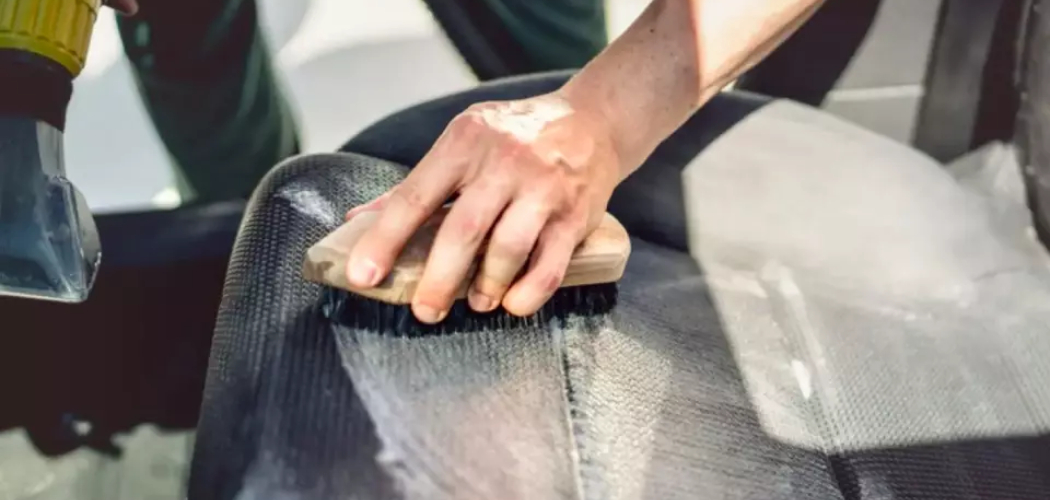Discovering mold in your car can be a disconcerting experience, turning your once comfortable and pristine vehicle into an unhealthy environment. Whether it’s a result of water leaks, spills, or prolonged humidity, mold growth can not only compromise the aesthetics of your car’s interior but also pose health risks. Fear not, as tackling this issue is not as daunting as it may seem.
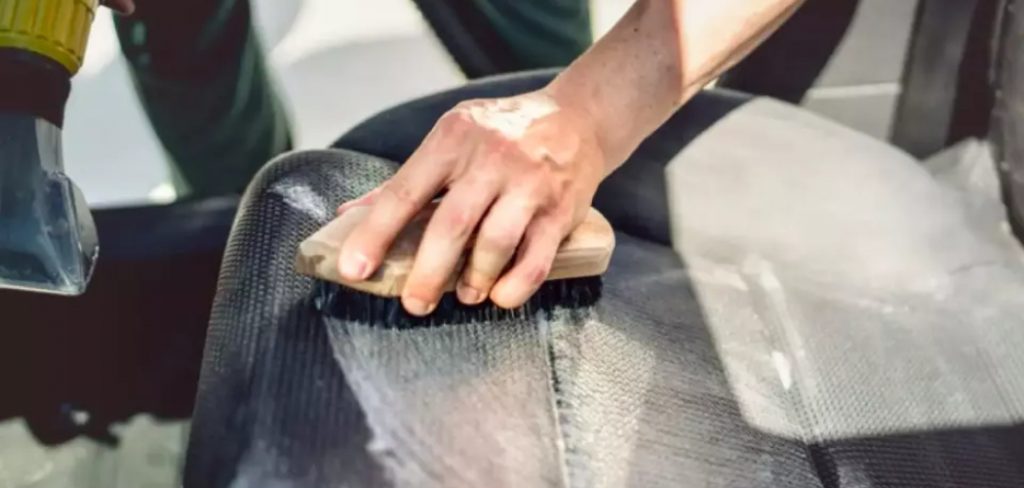
In this comprehensive guide, we will unravel the steps of how to clean mold out of a car, from identifying affected areas to employing the right cleaning agents and preventive measures. Safeguarding your health and the longevity of your vehicle requires a strategic approach, and by the end of this article, you’ll be equipped with the knowledge and tools to banish mold, restore freshness, and ensure a clean and safe driving environment.
Importance of Cleaning Mold in A Car
Mold is a type of fungus that thrives in moist and dark environments, making the interior of a car a perfect breeding ground. Not only does it cause odors and discoloration, but mold also releases spores into the air which can trigger allergies and respiratory problems.
Furthermore, prolonged exposure to mold can lead to more severe health issues such as asthma and lung infections. It’s essential to address mold growth in your car promptly to prevent these health risks and maintain a clean and safe driving environment for yourself and your passengers.
Potential Health Hazards Associated with Mold in Cars
- Allergic reactions such as sneezing, coughing, and watery eyes
- Asthma attacks or aggravation of existing asthma symptoms
- Respiratory infections
- Headaches and fatigue
10 Methods How to Clean Mold Out of a Car
1. Use a Mixture of Vinegar and Water
Vinegar is a natural cleaner that can effectively kill mold spores. Mix equal parts white vinegar and water in a spray bottle and spray it onto the affected areas. Let it sit for at least an hour before wiping it off with a clean cloth.
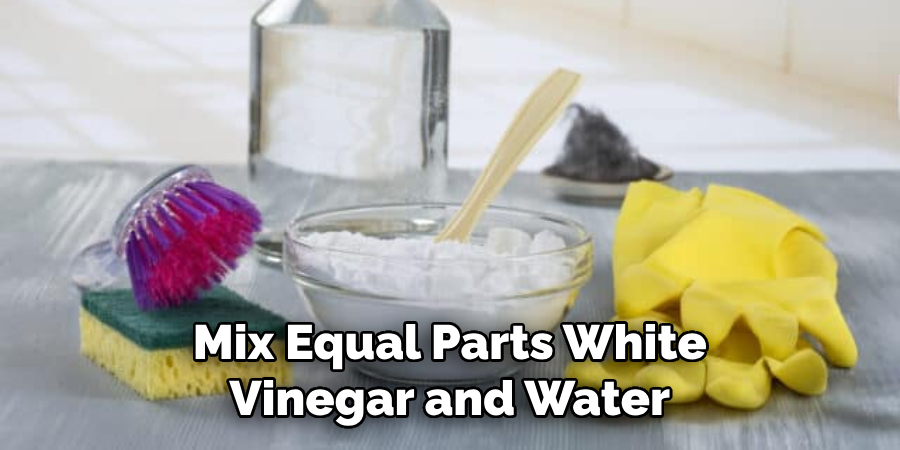
2. Use Baking Soda
Baking soda is another natural cleaner that can absorb moisture and eliminate odors caused by mold. Sprinkle baking soda onto the affected areas and let it sit for a few hours before vacuuming it up.
3. Use Hydrogen Peroxide
Hydrogen peroxide is a powerful disinfectant that can help kill mold spores. Mix equal parts hydrogen peroxide and water in a spray bottle and spray it onto the affected areas. Let it sit for at least 10 minutes before wiping it off with a clean cloth.
4. Use Bleach
Bleach is a strong chemical cleaner that can effectively kill mold spores, but should be used with caution as it may damage certain surfaces or cause skin irritation. Mix one cup of bleach with one gallon of water and use a cloth or sponge to apply the solution to the affected areas.
5. Use Tea Tree Oil
Tea tree oil is known for its antifungal properties, making it an effective natural remedy for cleaning mold out of cars. Mix two teaspoons of tea tree oil with two cups of water in a spray bottle and spray onto the affected areas. Let it sit for an hour before wiping it off with a clean cloth.
6. Use Rubbing Alcohol
Rubbing alcohol is another effective disinfectant that can help kill mold spores on hard surfaces like plastic or metal parts in your car. Simply apply rubbing alcohol directly onto the affected areas and wipe away with a clean cloth.
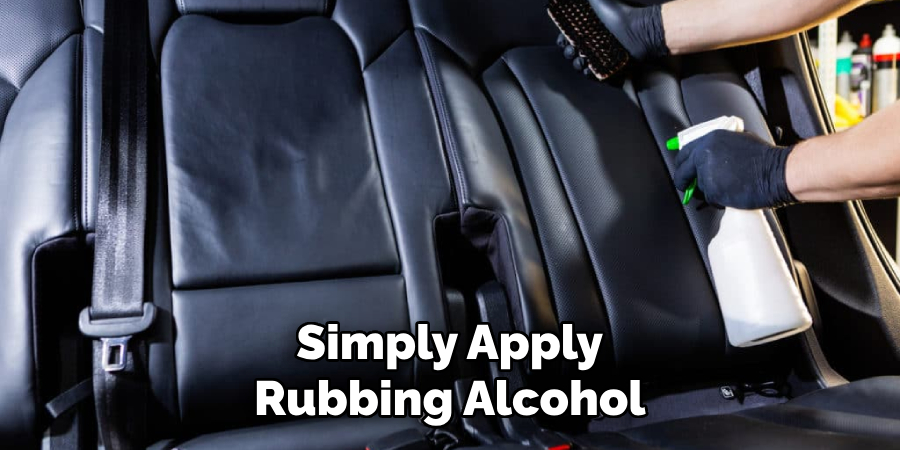
7. Use Specialized Mold Cleaners
There are also specific cleaners designed specifically to remove mold from cars, such as Mold Armor or Concrobium Mold Control. These can be found at most hardware or automotive stores and should be used according to the instructions on the label.
8. Use a Steam Cleaner
Steam cleaners use high temperatures to kill mold spores and are effective for cleaning car interiors. Use a handheld steam cleaner or rent one from a local hardware store, and follow the manufacturer’s instructions for use.
9. Replace Air Filters
Mold can also grow in air filters, so it’s important to regularly replace them in your car. This will not only improve air quality but also prevent mold growth in your car’s ventilation system.
10. Keep Your Car Clean and Dry
Prevention is key when it comes to mold growth in cars. Regularly cleaning your car and keeping it dry can help prevent moisture buildup, which is necessary for mold to grow. Vacuuming regularly and using a dehumidifier can help keep your car clean and dry.
Treating Fabric and Upholstery Affected by Mold
If mold has grown on fabric or upholstery in your car, it’s important to handle it differently than hard surfaces. Here are some tips for treating mold on fabric and upholstery:
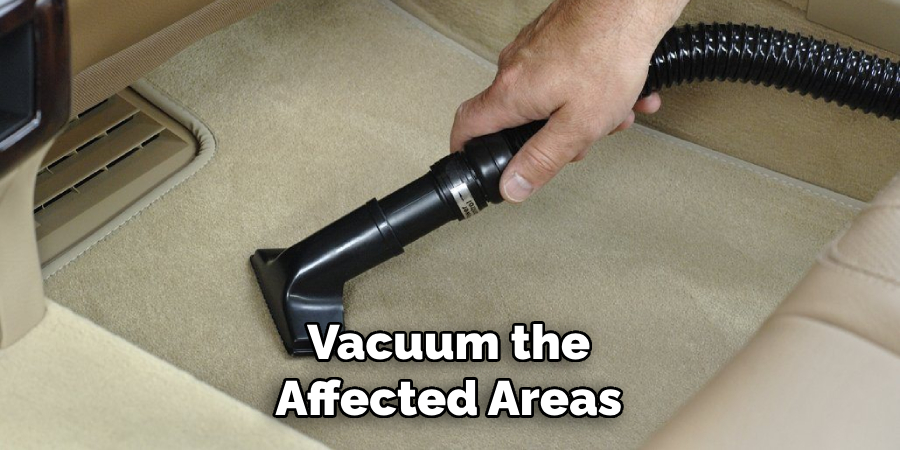
- Wear gloves and a mask to avoid inhaling spores.
- Vacuum the affected areas thoroughly.
- Mix one cup of rubbing alcohol with one cup of water in a spray bottle and spray onto the affected fabric or upholstery.
- Let it sit for at least an hour before blotting with a clean cloth.
- Repeat if necessary, and then let the fabric air dry completely.
Remember to always test any cleaning solution on a small, inconspicuous area before using it on larger areas. If the mold has heavily damaged the fabric or upholstery, it may need to be replaced.
Cleaning Mold on Hard Surfaces vs. Fabric and Upholstery
Cleaning mold on hard surfaces such as plastic, metal, or leather is relatively straightforward and can be done using the methods mentioned above. However, when it comes to mold growth on fabric and upholstery, extra caution should be taken due to their absorbent nature.
It’s essential to treat mold growth in cars promptly and effectively to prevent potential health hazards and maintain a safe driving environment. Regularly cleaning and keeping your car dry can go a long way in preventing mold growth, but if it does occur, now you know how to clean it out effectively.
Preventative Measures for Mold Growth in Cars
Preventing mold growth in your car is a far easier task than removing it once it has taken root. Here are some effective measures you can take to mitigate the risk of mold growth:
- Regular Cleaning: Make it a habit to clean the interior of your car regularly. Pay particular attention to food crumbs, spilled drinks, or other organic matter that could provide a food source for mold.
- Proper Ventilation: Ensure your car is well ventilated, especially if it’s parked for a lengthy period. Leave the windows cracked open if it’s safe to do so, to allow air circulation and prevent the buildup of moisture.
- Avoid Parking in Damp Locations: If possible, avoid parking your car in damp or shady areas, as these conditions can foster mold growth. Instead, opt for dry, well-lit locations.
- Use Car Dehumidifiers: Car dehumidifiers can help keep your car’s interior dry and less conducive to mold growth. These are especially useful in humid climates.
- Address Spills Promptly: If any liquid is spilled inside your car, clean it up immediately. Moist areas can quickly become a breeding ground for mold.
- Regularly Change Air Filters: As previously mentioned, air filters can harbor mold, so replace these on a regular schedule.

By implementing these preventative measures, you can significantly reduce the risk of mold growth in your car, ensuring a healthier and more pleasant environment for all its occupants.
Dealing with Persistent Mold Issues
If you’ve tried the above methods and still can’t get rid of mold in your car, it may be best to seek professional help. A certified mold remediation specialist can assess the extent of the infestation and use specialized equipment and techniques to remove it effectively.
Remember that when dealing with mold, safety should always come first. Wear protective gear, such as gloves and a mask, and ensure proper ventilation while cleaning. By addressing mold growth in cars promptly and taking preventative measures, you can maintain a clean and safe vehicle for years to come. So the next time you notice mold growing in your car, you’ll know exactly how to handle it like a pro! Keep these tips in mind, and happy driving!
So if you have noticed mold growing in your car, don’t panic. With the right tools and techniques, you can effectively clean it out and prevent future growth. Just remember to always prioritize safety and consult a professional if needed. Keep your car clean and dry, and follow these tips for treating mold on both hard surfaces and fabric/ upholstery.
Conclusion
In conclusion, learning how to clean mold out of a car is an essential skill every car owner should have. Not only does it help improve the overall appearance and smell of your vehicle, but it also ensures a healthier and safer environment for you and your passengers. By following the steps outlined in this post, you can effectively get rid of pesky mold and prevent it from spreading in your car.
Remember to always take preventive measures such as keeping your car dry and regularly checking for moisture build-up to avoid future mold growth. And if you do encounter mold, don’t panic! With the right tools and techniques, you can easily tackle this problem and have your car looking clean and fresh once again. So go ahead, put these tips into action and say goodbye to mold in your car for good!

